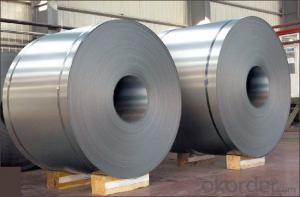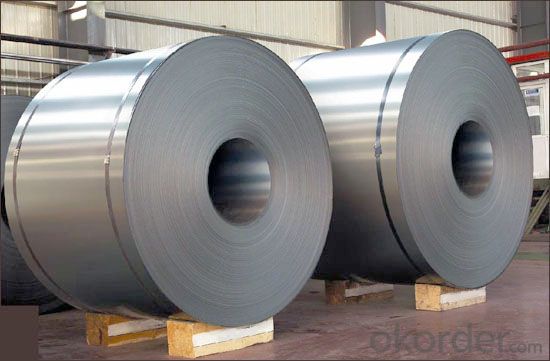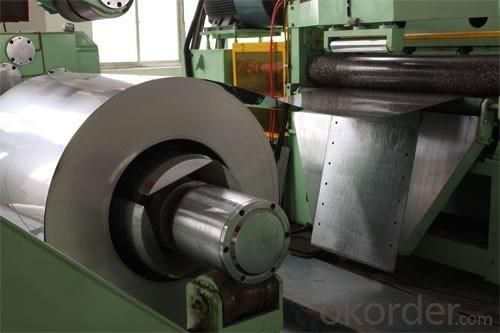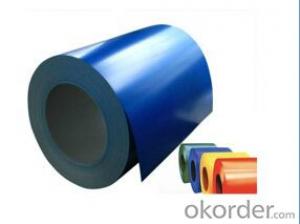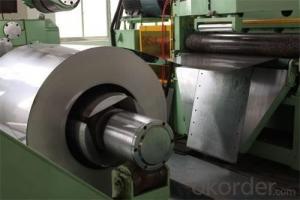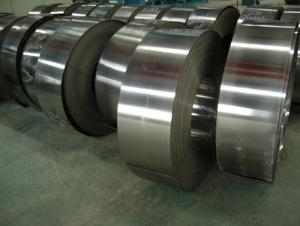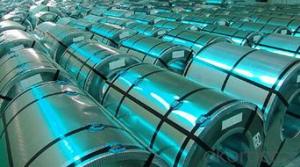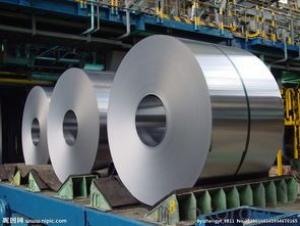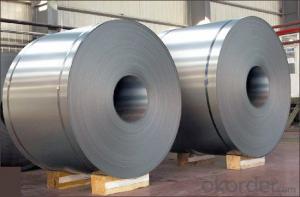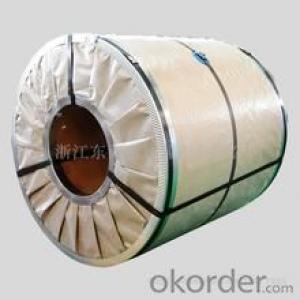Chinese Best Cold Rolled Steel Coil JIS G 3302 -Low Price
- Loading Port:
- China main port
- Payment Terms:
- TT OR LC
- Min Order Qty:
- 50 m.t.
- Supply Capability:
- 10000 m.t./month
OKorder Service Pledge
OKorder Financial Service
You Might Also Like
Chinese Best Cold Rolled Steel Coil JIS G 3302 -Low Price
1.Structure of Cold Rolled Steel Description:
The raw material of cold rolled steel coil/sheet is high quality hot rolled product, and after pickling continuous rolling, degreasing, annealing,skin pass,slitting and cut to length line etc. Along with it many kinds of new technology and new process of global cold rolling production have been applied. Therefore the quality of the goods could be guaranteed. The product is widely used in outdoor and interior decoration, furnishing manufacturing, home appliance, automobile etc.
2.Main Features of the Cold Rolled Steel:
• Excellent process capability
• Smooth and flat surface
• Workability, durability
• Excellent heat resistance performance
• High strength
• Good formability
• Good visual effect
3. Cold Rolled Steel Images
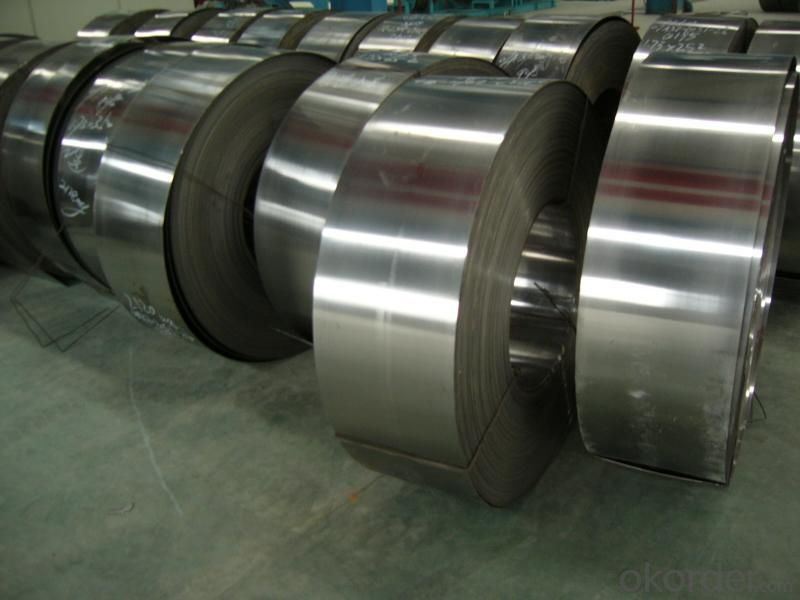
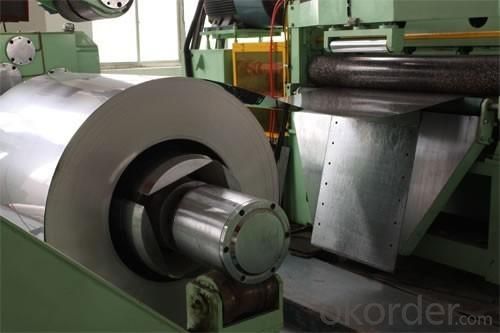
4.Cold Rolled Steel Specification
Standard:AISI,ASTM,DIN,GB,JIS,JIS G3302 ASTM 653M EN10142
Grade: Q195~Q345
Thickness: 0.16mm~2.0mm
Width: 1250mm MAX
Coil weight:3-12 MT
Coil ID:508/610mm
Chemical composition:
C | Si | Mn | Cr | Ni | P | S |
0.150 | 0.476 | 11.231 | 12.50 | 0.900 | 0.039 | 0.010
|
5. FAQ of Cold Rolled Steel
1.How to guarantee the quality of the products?
We have established the international advanced quality management system,every link from raw material to final product we have strict quality test;We resolutely put an end to unqualified products flowing into the market. At the same time, we will provide necessary follow-up service assurance.
2. How long can we receive the product after purchase?
Usually within thirty working days after receiving buyer’s advance payment or LC. We will arrange the factory manufacturing as soon as possible. The cargo readiness usually takes 15-25 days, but the shipment will depend on the vessel situation.
- Q: Why does steel with several composites have a greater hardenability from quenching than low carbon steel alloys?Any help would be great
- Bit tricky to explain and I don't know muh about it but steel on its own has lost of gaps in it ( the molecular structure) and when carbon is added thos gaps are filled, I think of it like this: it is easier to punch through expanded polystyrene( with all the little balls) than unexpanded(just a lump of plastic) as the balls are not properly joined and have air pockets between them.
- Q: Can steel coils be coated with QR codes?
- Yes, steel coils can be coated with QR codes. QR codes can be printed or engraved onto the surface of the steel coils, allowing for easy scanning and identification of the coils.
- Q: How are steel coils used in the production of roofing materials?
- Steel coils are used in the production of roofing materials as they are rolled out and cut into specific lengths, forming the base material for roofing panels or shingles. These coils provide durability, strength, and resistance to weather conditions, ensuring long-lasting and reliable roofing solutions.
- Q: Can steel coils be coated with copper?
- Yes, steel coils can be coated with copper.
- Q: We bought a new fridge and the magnets don't stick to the front where the stainless steel is.
- The stainless steel which dont exhibit magnetic properties are austenitic grades of steel.
- Q: Can steel coils be used in electrical applications?
- Yes, steel coils can be used in electrical applications. Steel coils are often used as magnetic cores in transformers and inductors, which are essential components in electrical circuits. The steel used in these coils is typically a type of high-quality electrical steel that has specific magnetic properties, such as low core losses and high permeability. These properties allow the steel coils to efficiently transfer electrical energy between different components of the circuit. Additionally, steel coils can also be used in other electrical applications, such as in the construction of electric motors and generators. Overall, steel coils are widely utilized in electrical applications due to their magnetic properties and their ability to handle high currents and temperatures.
- Q: Cold rolled steel coil steel, what is the difference?
- Steel rolling process is different from the steel produced naturally different!
- Q: Okay basically bought my girlfriend Tiffany sterling silver necklace for her birthday and now christmas is coming up i want to buy her this DG Necklace. BUT i have discovered its steel. And its ?110. I am not a rich man i am infact quite young and we have been together for an incredibly long time! I wanted to know is Steel seen as a cheap necklace, whats your say? Don't give me all this bull about her being grateful as she does not expect this. BUT I WANT IT TO BE NICE. Whats your say? Is Steel good? Does it get dirty? Does it shine? Is it worth it? Thanks x
- Steel necklaces are popular these days. They certainly have a different look than silver. I think they have an 'edgier' look, so it depends on your girl's style. If you like it, and you think she will, go for it. If you're into showing emotional affection, you could accompany the gift with some sort of card or note saying something about your love is as strong as steel. She'd probably dig it. I would.
- Q: gigantic navy ships made of steel float, why??
- They okorder /... Or use the search bar*. (The question has been answered a thousand and one times). If you do then you will read many answers that push the popular myth that they displace more water than they weigh (as if some unseen 'finger of god' is supplying a mystery force in addition to the vessel's weight). Such 'explanations' cannot be supported by either calculation or experiment and are wishy-washy drively nonsense. So beware of Archimedes' Trolls on this one!
- Q: I have steel on my 9.5 ti now.. ive heard about synthetic being stronger but it snaps when it hits something sharp.. opinions people?
- I okorder
Send your message to us
Chinese Best Cold Rolled Steel Coil JIS G 3302 -Low Price
- Loading Port:
- China main port
- Payment Terms:
- TT OR LC
- Min Order Qty:
- 50 m.t.
- Supply Capability:
- 10000 m.t./month
OKorder Service Pledge
OKorder Financial Service
Similar products
Hot products
Hot Searches
Related keywords
